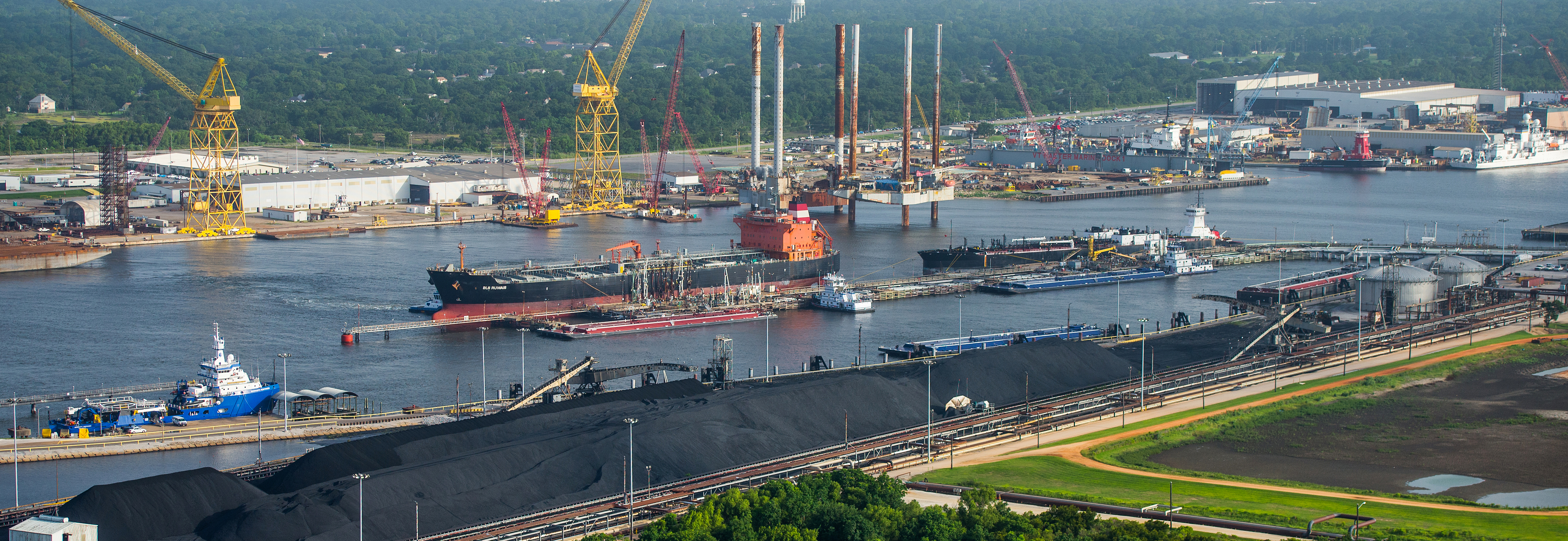crude oil transportation and storage

marine tankers, pipelines
Most of the crude oil processed at the Chevron Pascagoula Refinery comes from foreign sources and arrives by marine tanker. The crude oil is transported to the refinery wharf by 800 feet-long marine tankers managed by the Chevron Shipping Company.
Berths for crude oil marine tankers are situated along the refinery’s marine terminal, which is located on Bayou Casotte adjacent to the Port of Pascagoula’s marine facilities.
At the marine terminal, the cargo of crude oil is discharged through pipelines to storage tanks in the refinery. The marine terminal also has berths to load refined products. About 65 percent of all refinery products leave the refinery via ship or barge. Wharf operators receive ships from such places as Mexico and South America.
We also take care to protect air quality at our marine terminal. The refinery has a Marine Vapor Recovery (MVR) system at the marine terminal to control vapors of volatile organic compounds (VOCs) that are generated during cargo loading.
The MVR system complies with the Clean Air Act’s regulations for control of VOC emissions from tank vessels that carry oil and chemicals in bulk.
crude oil storage
Tanks, some with capacities of more than 350,000 barrels (15 million gallons), store the crude oil, as well as intermediate stocks (partially refined), finished products and chemicals.
The refinery’s more than 300 tanks have containment areas designed to hold their capacities in the event of a tank rupture. The system also diverts rainwater runoff from this area to the refinery’s effluent treating facilities to protect local waters.